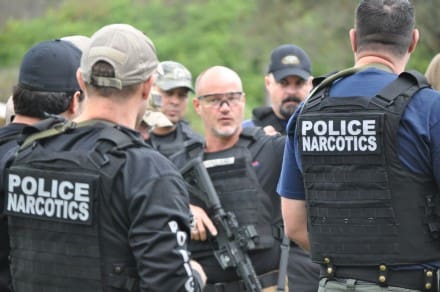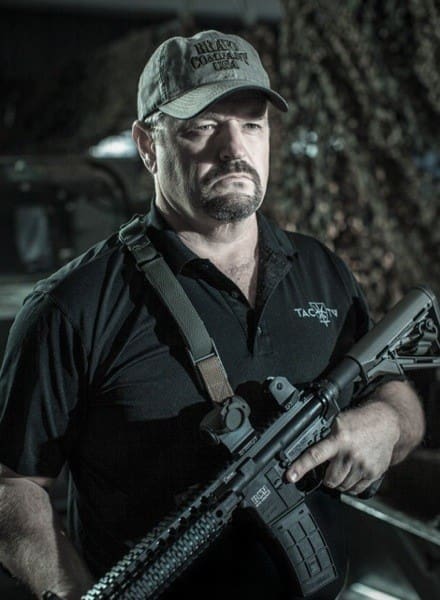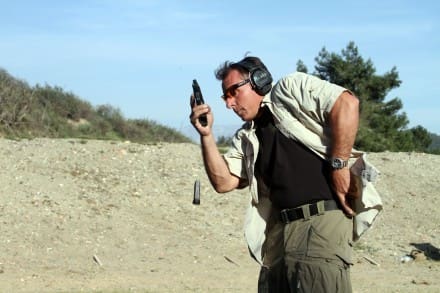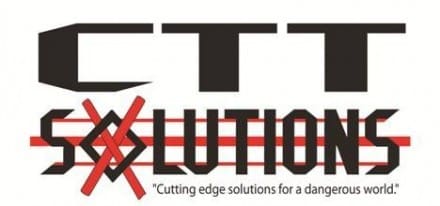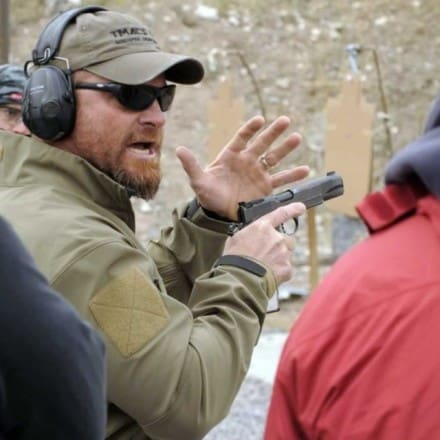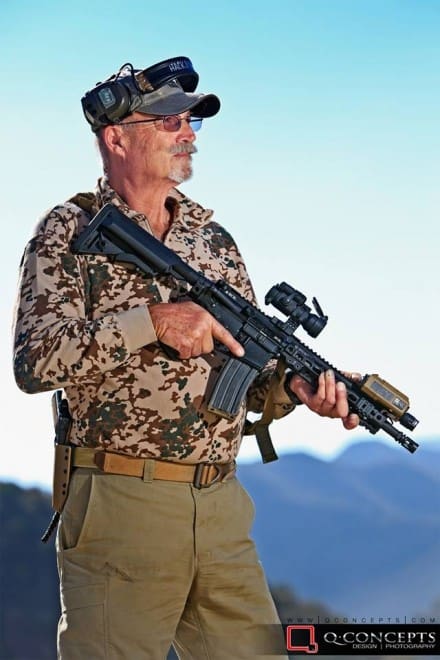I was reading LAV’s Gunfighter Moment on Soldier Systems Daily the other day because I’m the new guy at Alias trying to keep up, and I realized that Larry & Mike see the same stuff I do… only ten times more.
I’d like to elaborate on a common term that echoes in this community, “outrunning your headlights”. This analogy is useful for a Special Forces Team training our Allies, as lesser trained foreign soldiers always want to jump into the advanced training. It’s called Foreign Internal Defense (FID) and a large part of the SF Mission around the world. Anyway, to prevent our foreign friends from going faster than they are ready, we always told them that advanced training is simply the basics done well. ‘Crawl, Walk & Then Run’, this is never more important than during marksmanship training.
Slow down and perform the perfect repetition to build perfect muscle memory. Speed will come naturally, and accuracy is a must before speed, or you’re just slinging lead on a range, much like when you go to hit golf balls at the driving range without ever receiving a golf lesson.
I still see Military & Law Enforcement spending their budgets on the latest and greatest equipment, but they only check the block with marksmanship training and tactics a couple times a year. If it’s your life, or bread and butter, then training should be first to alleviate bad outcomes and fill the gap with equipment shortages, as the training will recognize short falls. Owning the most expensive piano doesn’t make you Mozart.
As it was explained to me 20 years ago when I would follow Larry to IPSC matches with other unit shooters, “You learn to shoot the gun you have and as you outperform your starter gun, you replace pieces with tricked out/high end parts to shave a second here and there”.
With long gunners, I’ve seen 25 power scopes on a .308 Remington 700 style, when a fixed 10 power is plenty for that rifle system, and for finding targets more quickly at ranges between 100m-800m. If you can afford the glass for a Leapold x25 or Schmidt & Bender x28 scope, then you can afford a .338 Lapua Magnum and enjoy dropping that Mule Deer a mile away. Make your optic fit your gun.
Sometimes, I just don’t get the shooting industry. By the time Jethro has figured out, “It’s not as easy as it looks and could use a little help”, he has already developed bad habits and the reason why women are usually better marksmanship students…
Yep, I said it!
– Respectfully, Daryl Holland
Daryl Holland is a retired U.S. Army Sergeant Major with over 20 years of active duty experience, 17 of those years in Special Operations. Five years with the 1st Special Forces Group (SFG) and 12 years in the 1st SFOD-Delta serving as an Assaulter, Sniper, Team Leader, and OTC Instructor.
He has conducted several hundred combat missions in Afghanistan, Iraq, Bosnia, Philippines, and the Mexican Border. He has conducted combat missions in Afghanistan’s Hindu Kush Mountains as a Sniper and experienced Mountaineer to the streets of Baghdad as an Assault Team Leader.
He has a strong instructor background started as an OTC instructor and since retiring training law abiding civilians, Law Enforcement, U.S. Military, and foreign U.S. allied Special Operations personnel from around the world.
Gunfighter Moment is a weekly feature brought to you by Alias Training & Security Services. Each week Alias brings us a different Trainer and in turn they offer some words of wisdom.


